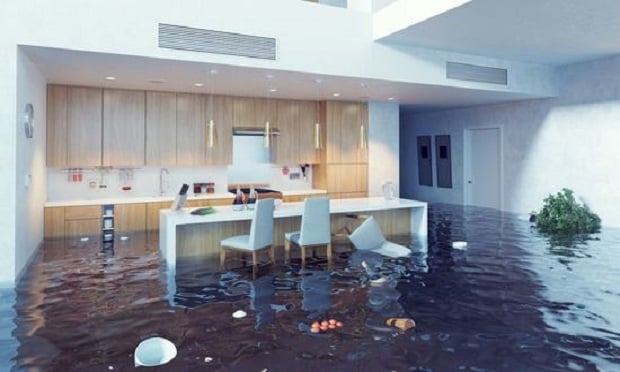 There are three categories of water losses that are seen regularly. (Photo: Shutterstock)
There are three categories of water losses that are seen regularly. (Photo: Shutterstock)
Often, when contents in a home sustain damage by a covered loss, homeowners, and the adjusters assigned to handle their claim, maybe under the impression that most damaged items need to be replaced. But with today's new cleaning technology, many items can now be restored to pre-loss condition or better, a benefit to carriers looking for ways to elevate customer service while still reducing claim costs.
Recommended For You
Want to continue reading?
Become a Free PropertyCasualty360 Digital Reader
Your access to unlimited PropertyCasualty360 content isn’t changing.
Once you are an ALM digital member, you’ll receive:
- Breaking insurance news and analysis, on-site and via our newsletters and custom alerts
- Weekly Insurance Speak podcast featuring exclusive interviews with industry leaders
- Educational webcasts, white papers, and ebooks from industry thought leaders
- Critical converage of the employee benefits and financial advisory markets on our other ALM sites, BenefitsPRO and ThinkAdvisor
Already have an account? Sign In Now
© 2025 ALM Global, LLC, All Rights Reserved. Request academic re-use from www.copyright.com. All other uses, submit a request to [email protected]. For more information visit Asset & Logo Licensing.








